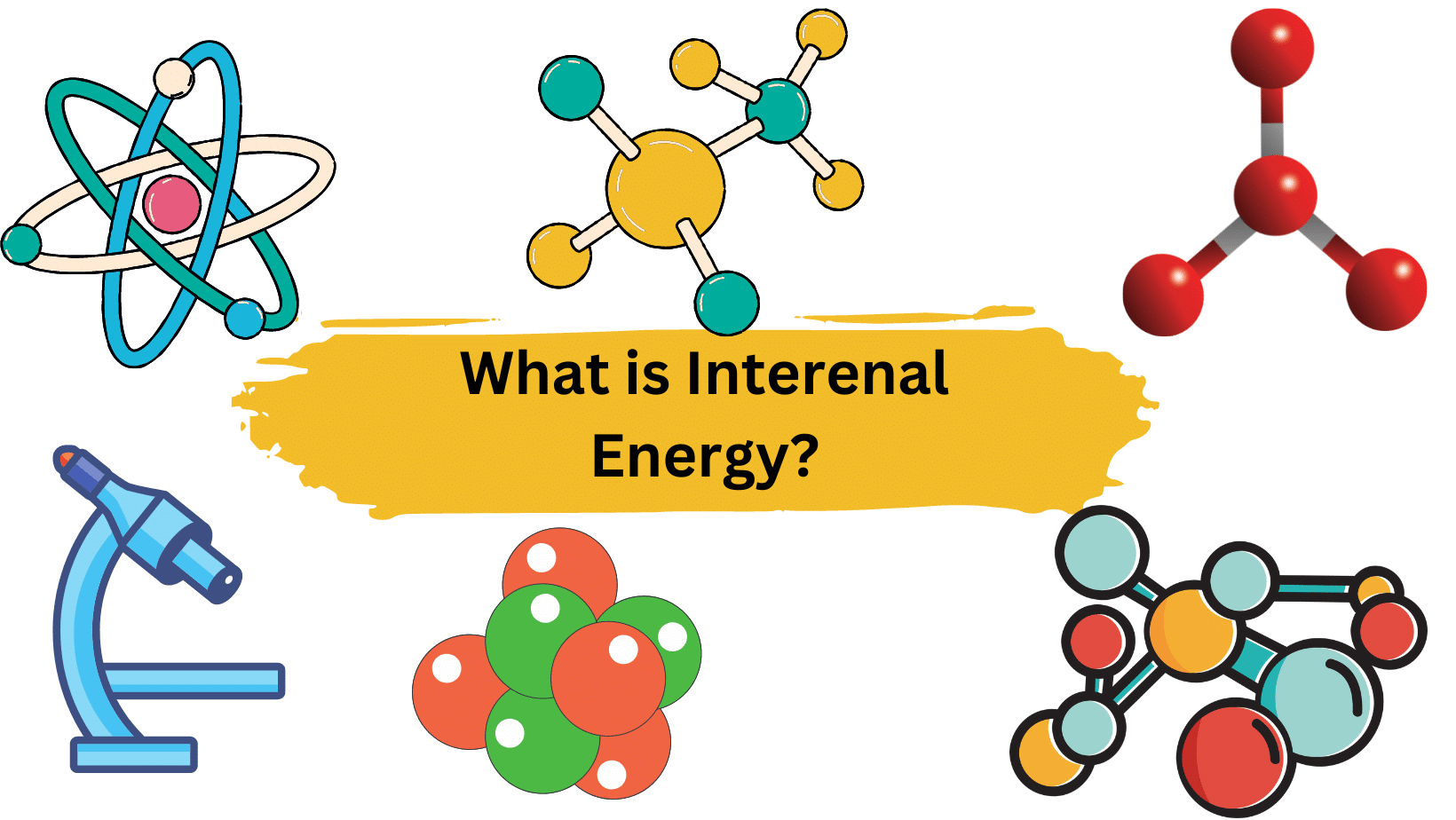Acid rain is rain composed of acidic water droplets caused by a polluted atmosphere, caused by large amounts of sulfur and nitrogen emitted by automobiles and industrial processes.
When acid chemicals are blown over wet areas, the acid condenses and falls to the ground as rain, snow, fog, and mist.
Acid chemicals combine with dust or smoke in dry areas and fall to the ground, where they stick to the ground, buildings, homes, cars, and trees. Some important causes of acid rain are listed below:
- Volcanic eruptions
- Sulfur and nitrogen emissions from Factories, power stations, and even our own homes.
Table of Contents
Effects of Acid Rain
- Acid rain corrodes buildings, monuments, and statues, particularly those made of limestone and marble, which contain high levels of calcium carbonates. The calcium compounds react with the acid in the rain, causing them to deteriorate.
- Acid rain harms our rivers, streams, and lakes. When acid rain falls on trees, it can cause them to lose their leaves, damage their bark, and stunt their growth.
- Acid falling on forest soil is also harmful because it disrupts soil nutrients.
- Acid rain also has a negative impact on many historical buildings and monuments because it accelerates the erosion of stone and metal.
More Links
Sulfurous Acid Formula & Lewis Structure
The Nitrogen Cycle
Density of Water in g/ml-Accurate Value
Chemical Weathering
Condensation Definition| Chemistry
How Many Cups in a Gallon? Cups to Pints, Quarts, and More
Latest posts by Umair Javaid, PhD Student (see all)
- BCl3 Lewis Structure in four simple steps - November 1, 2023
- PH3 Lewis Structure in four simple steps - October 8, 2023
- PF3 Lewis structure in four simple steps - September 24, 2023



